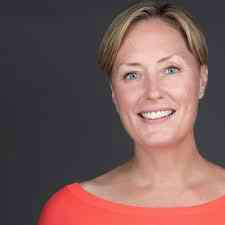
Bracebridge Deputy Mayor expresses importance of District’s Solid Waste Master Plan
Bracebridge Deputy Mayor, Brenda Rhodes, expressed the importance of the District’s Solid Waste Master Plan (SWMP), in the April 9th, 2025, Council meeting.
She indicated that an update about the plan was presented in the Engineering and Public Works (EPW) meeting last month and encouraged people to watch the webcast to learn about how the District is moving forward.
She said it includes information such as how the District will deal with waste over the next 30 years.
The significance of this involves an urgency regarding the lifespan of the District’s Rosewarne landfill site. The District is counting down the time on their SWMP online page, currently indicating less than 14 years left to use it.
Rhodes said that community input is important, especially about considerations involving the current situation, how it happened and future matters.
In the EPW meeting, she expressed enthusiasm about the waste process, and said the District is “moving in the right direction.” She added, “We’re getting our ducks in a line here.”
The District indicated that community input will be a part of exploring options to help guide their efforts and goals for waste management moving forward, including about potential programs and services.
Last fall they conducted a public survey and set up information booths for feedback from residents in the lower tier municipalities. Staff advised they will continue seeking feedback at information centres, open houses, and virtually over the upcoming spring and summer seasons.
According to their SWMP page, “Each person’s efforts to reduce, reuse, and recycle contribute to a cleaner, healthier Muskoka. Your participation and input is a valuable part of this process and will shape the Master Plan.”
They also indicate that their goal is waste reduction, including garbage by 10% by 2030, 25% by 2050, “and divert 60% of all solid waste from the landfill by 2030, and 80% by 2050.”
According to the staff report, the first phase launched last July included consideration to increasing the diversion rate, the Blue Box transition, improving drop off site networks, limited landfill capacity, and construction and demolition waste.
Phase two, spanning from the first to fourth quarter this year, involves analysis about how much waste is generated, the green bin program to increase diversion rates, future service and infrastructure needs, gaps in resources, facilities and programs, and goal setting and funding models. Other considerations include alternative models and revenue streams.
The third phase, which will roll out in the fourth quarter of 2025 until June 2026, involves how they will achieve their goals. Considerations will include a long-term framework broken down into short-term goals, implementation, and measuring performance.
In the EPW meeting, District staff advised that phase two and three will be the “bread and butter” of the plan, as they evaluate specific needs of the community, such as how much waste they will have to manage, and trends and influences, funding.
Population growth, consumption, and evolution were also discussed as important areas impacting the waste management system.
Staff added that they will continue to evaluate opportunities to reduce waste going to the landfill and ways to manage it, and whether it will be “buried, burned, or banished.”
The staff report indicates that to date the District has allocated $798,847 from the Solid Waste Rate Supported Capital Budget for the SWMP.
$567,167 of the funds will go to Dillon Consulting, for the development of phase two and three.
The report continues that so far $284,580 has been used for staff time.
District Chair, Jeff Lehman, expressed the importance of public engagement and getting residents involved, rather than just “showing people information.” He said the choices residents make “determines the success or failure of the process.”
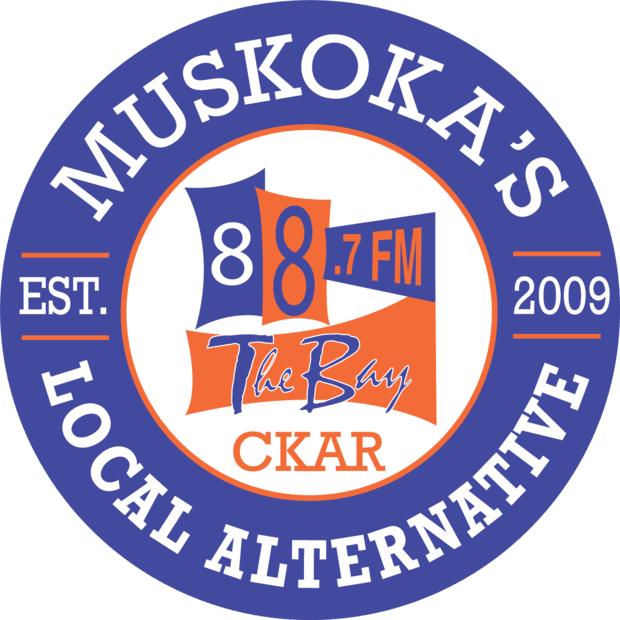
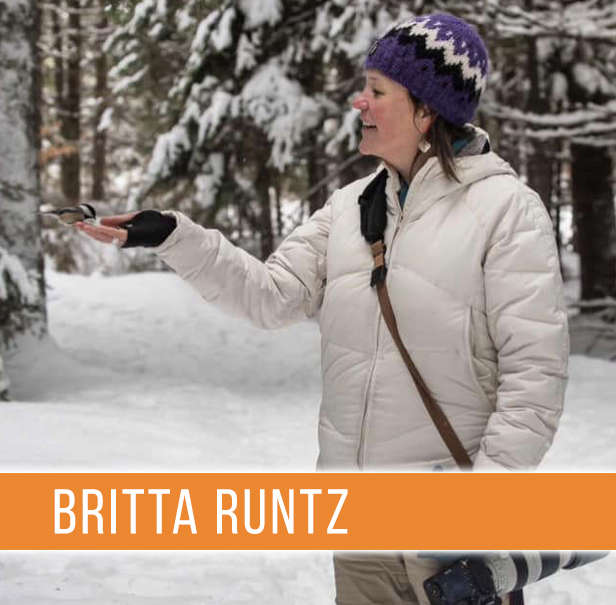

 Heads up for drivers in Huntsville
Heads up for drivers in Huntsville
 HFA invites proposals for Nuit Blanche North
HFA invites proposals for Nuit Blanche North
 Bracebridge offering free compost on Earth Day
Bracebridge offering free compost on Earth Day
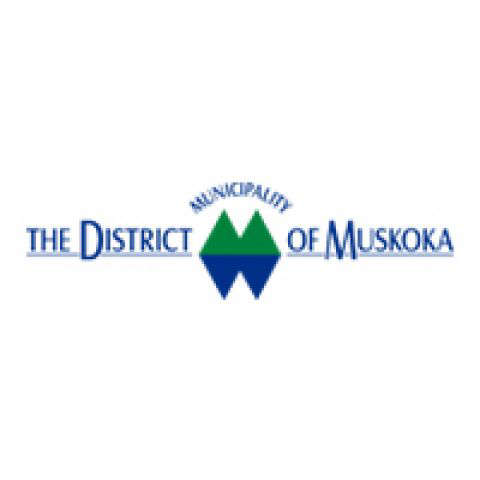 District lifts State of Emergency
District lifts State of Emergency
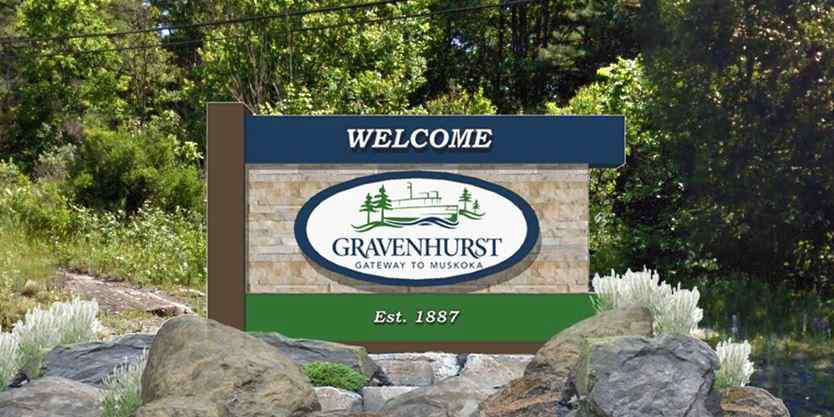 Gravenhurst supports local organizations
Gravenhurst supports local organizations




Comments
Add a comment